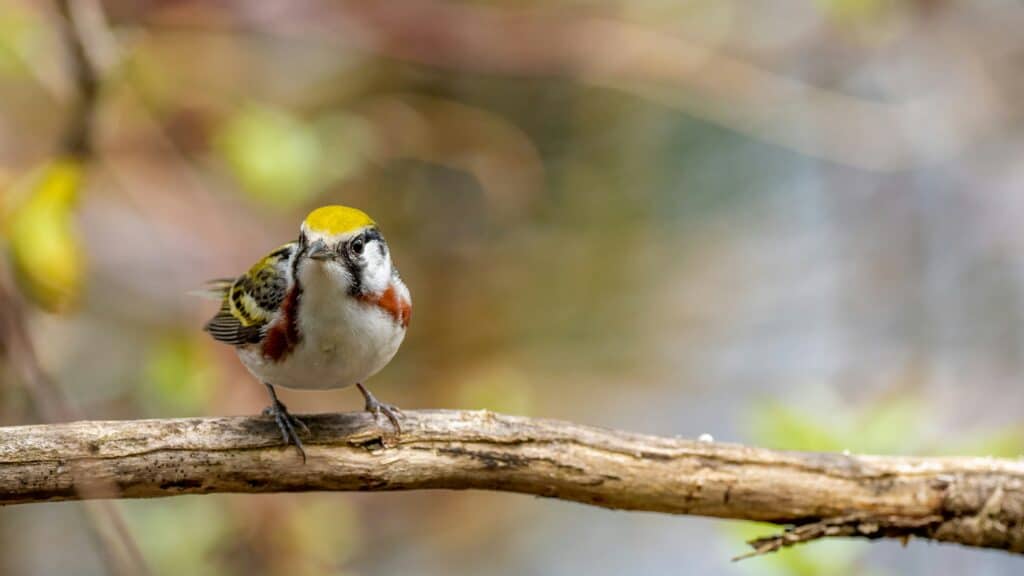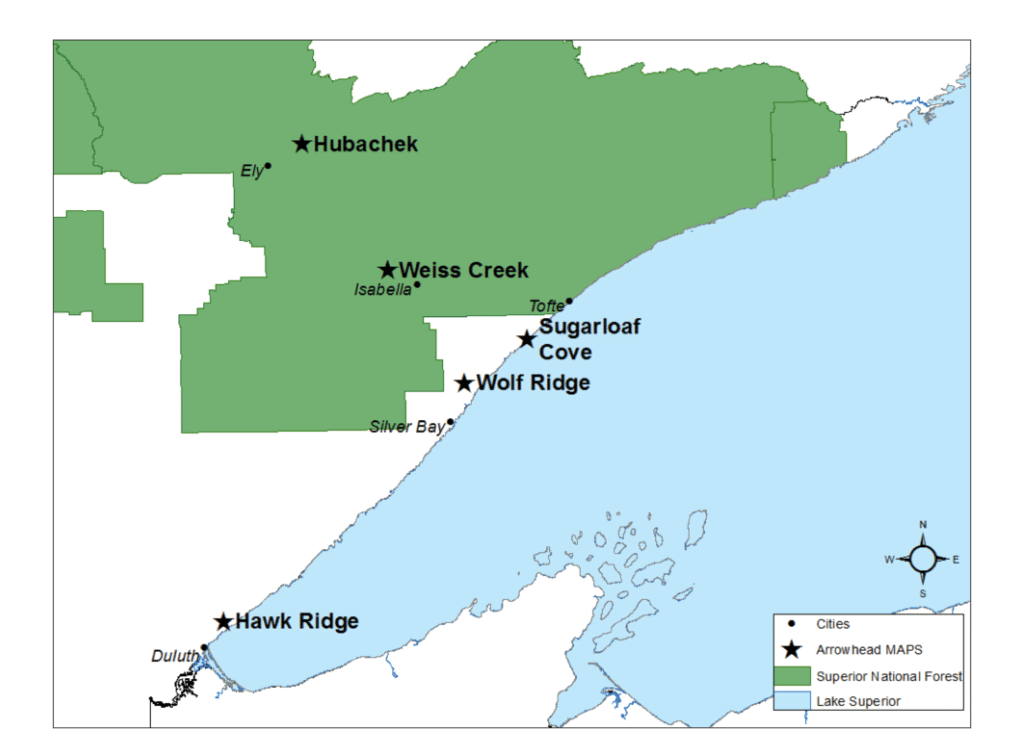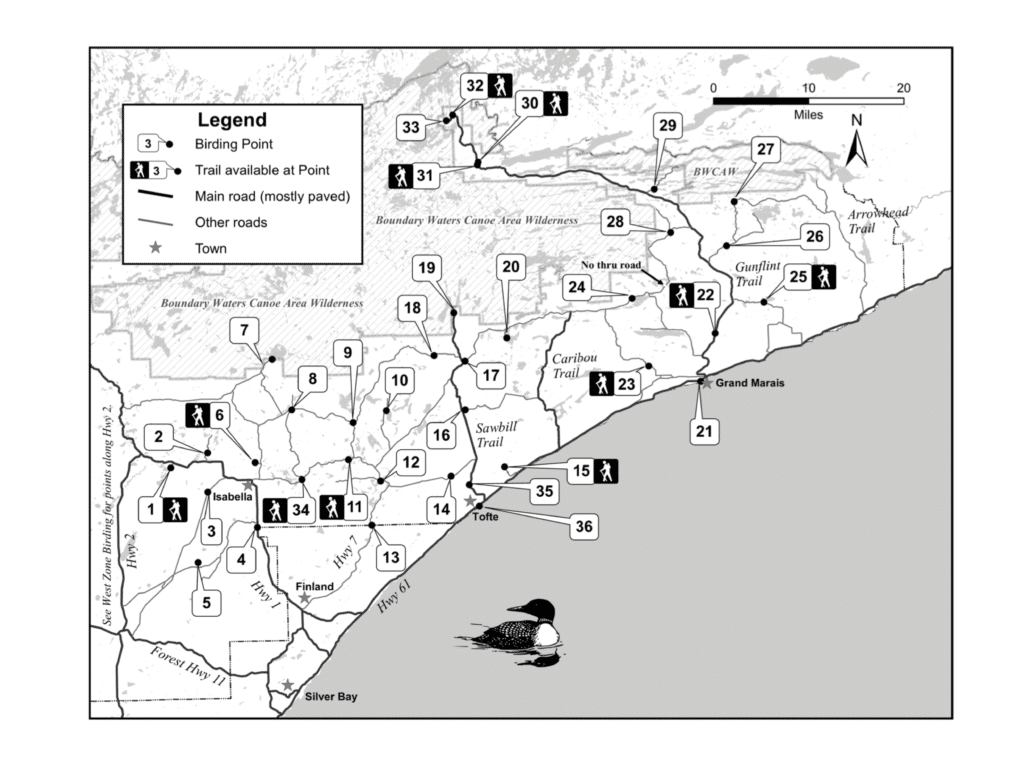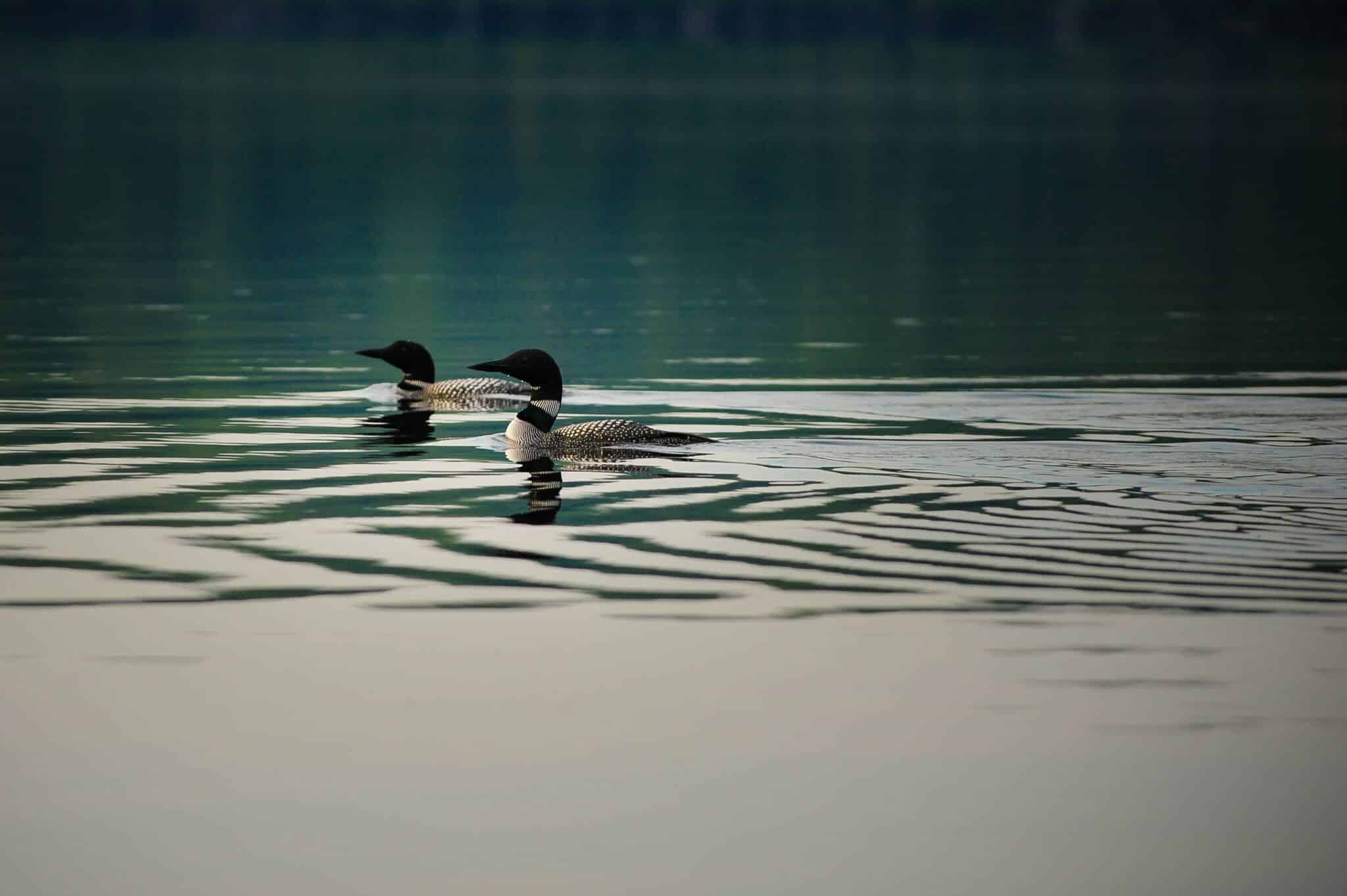
Springtime marks the return of migratory birds to northern Minnesota. In 2003, the Superior National Forest was listed under the National Audubon Society’s Important Bird Area Program (IBA). The forest is home to 225 species, which includes 163 species that breed throughout the area. Encompassing 3,900,000 acres, it shelters the largest number of nesting birds of any national forest.
Program origins
In the early 1980s, the idea of the Important Birding Program resulted from studies conducted by BirdLife International. Initial efforts identified and gathered data regarding important birding areas in Europe. Eventually, the concept spread globally. As a result, the National Audubon Society along with the American Bird Conservancy started IBA programs throughout the United States. Important habitats are identified as locations where one or more species breeds, migrates to, or overwinters. Through various methods of monitoring, work is done by both conservation groups and volunteers.

Seasonal surveys and habitat
Throughout the year, the US Forest Service – Superior National Forest (USFS) conducts bird banding surveys. Presently, there are five bird banding stations throughout northeastern Minnesota. During a survey, birds are caught in mist nets, and their species are recorded. Once their leg is banded, they are released. Data is collected so that experts can understand the quality of the habitat they’re captured in. It also provides a way to track population numbers within each species. In the end, results also help inform forest management which may impact the breeding birding community.
During the breeding season, the MNDNR has compiled a list of species documented by the Minnesota Biological Survey. The list includes over 246 species, some of which may be rare and may not nest annually in the state.
The Superior National Forest is a minimally developed region, rich in bird habitat. According to the National Audubon Society, “This IBA is 85% forested and only 3% developed so it constitutes the largest unfragmented area of native vegetation in the state.” Extending from boreal to eastern hardwood forests, the SNF supports diverse avian habitats. Equally important are the vast numbers of wetlands, including peat bogs. With Lake Superior along the eastern edge, it attracts a high number of waterfowl as well.

Birding destinations
The USFS has released two detailed maps for recreational birders. Both highlight northeastern Minnesota where birders can spot certain species based on observations and habitat. Also, the MNDNR has provided a list of breeding species which includes maps with noted observations. Those interested can also download Birds of the Superior National Forest checklist. It includes species expected to be found every year, their typical habitats, and levels of abundance.
- East Zone (Tofte and Gunflint Districts) Birding Location Guide
- West Zone (Kawishiwi, LaCroix, and Laurentian Districts) Birding Location Guide

Love loons?
The MNDNR has created an ongoing loon monitoring program that anyone can participate in. Minnesota’s state bird is a common sight amongst lakes in the Boundary Waters Canoe Area. Known for their dramatic patterning and haunting calls, these birds are good indicators of water quality. To thrive, they require clear, clean water to catch food and are easily impacted by shoreline development.
Volunteer monitors are needed to record loon activity on multiple lakes. During the summer, people can sign up for a short-term commitment to help with monitoring. The data is shared with the DNR so that changes can be detected in the adult population and reproduction. In the end, it also helps alert agencies to any future problems.
More info:
- Saving Important Bird Areas – Audubon
- Important Bird Areas (IBA) – MNDNR
- Recreational Bird Watching (Birding) – USFS
- Bird Conservation and Monitoring – USFS
- 2022 Arrowhead Bird Banding Summary – USFS

Wilderness guide and outdoorswoman Pam Wright has been exploring wild places since her youth. Remaining curious, she has navigated remote lakes in Canada by canoe, backpacked some of the highest mountains in the Sierra Nevada, and completed a thru-hike of the Superior Hiking Trail. Her professional roles include working as a wilderness guide in northern Minnesota and providing online education for outdoor enthusiasts.

